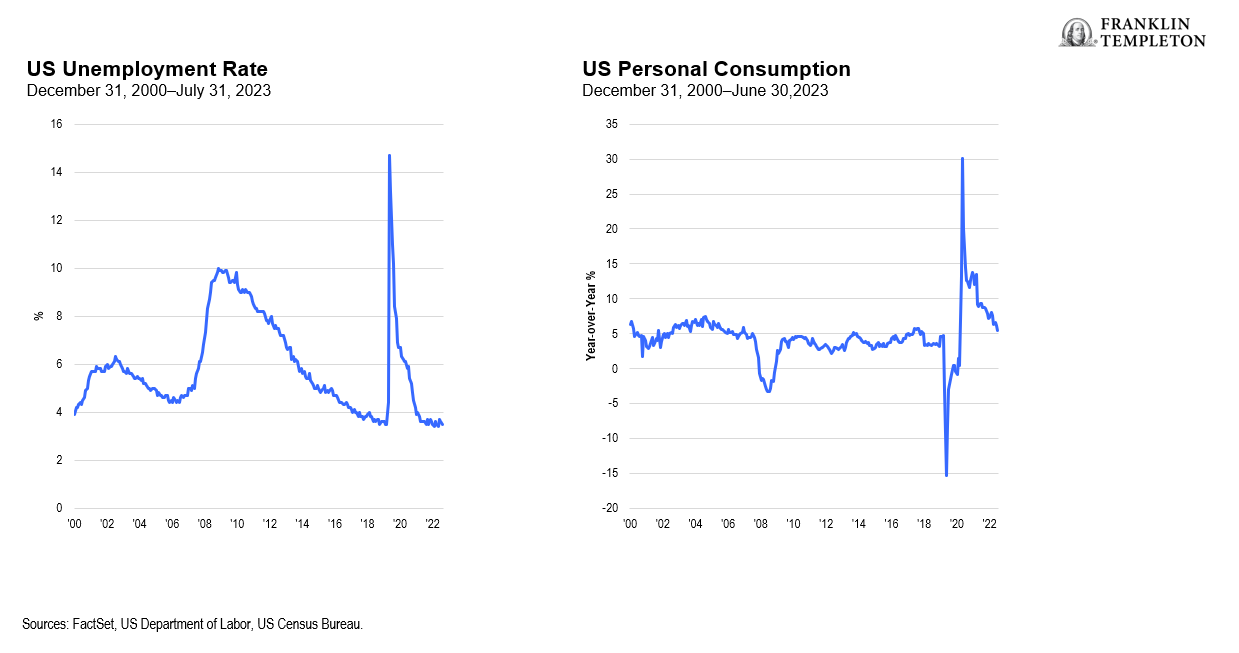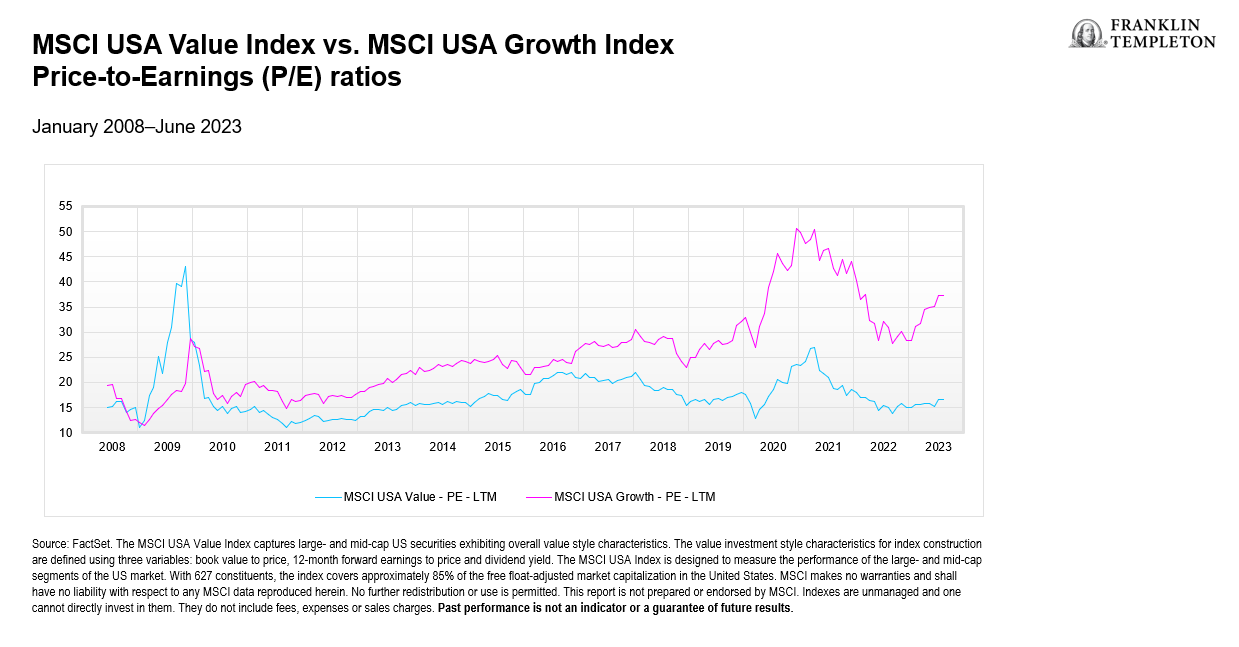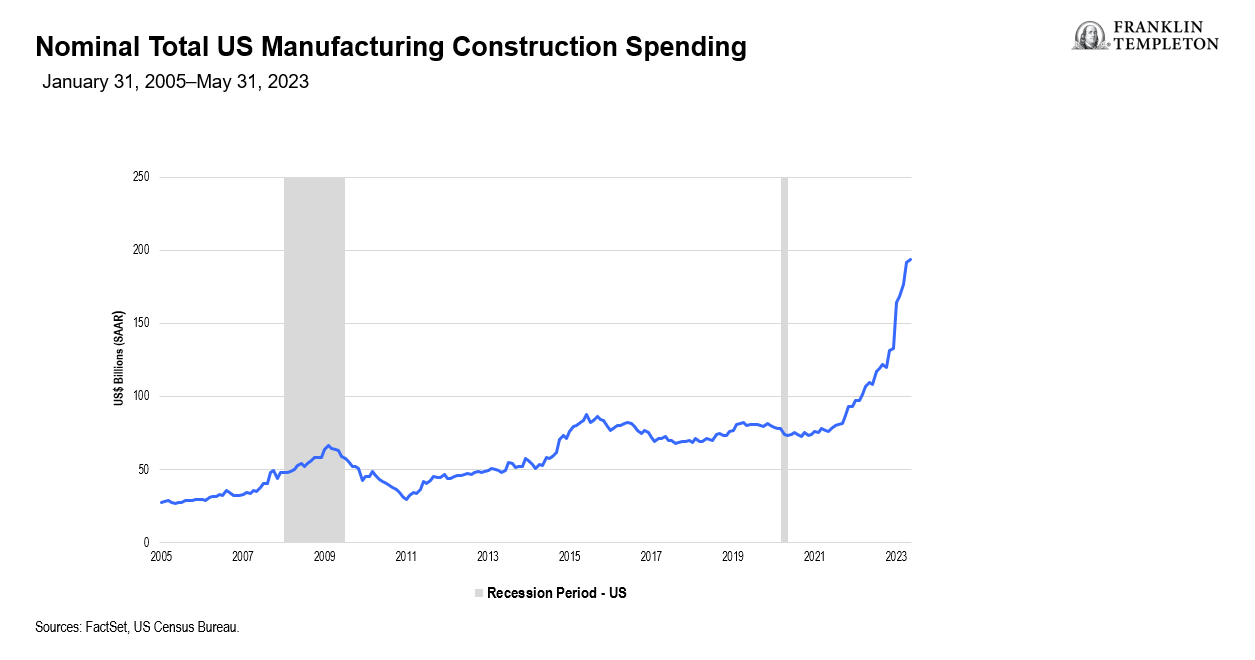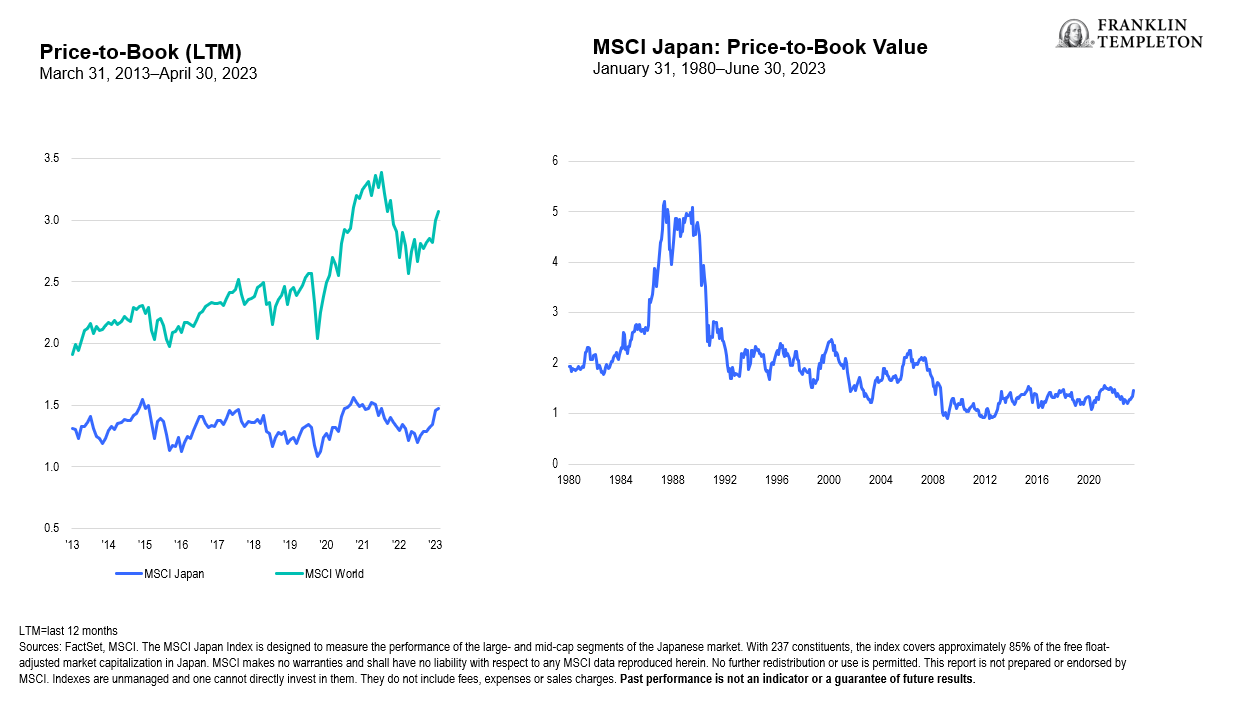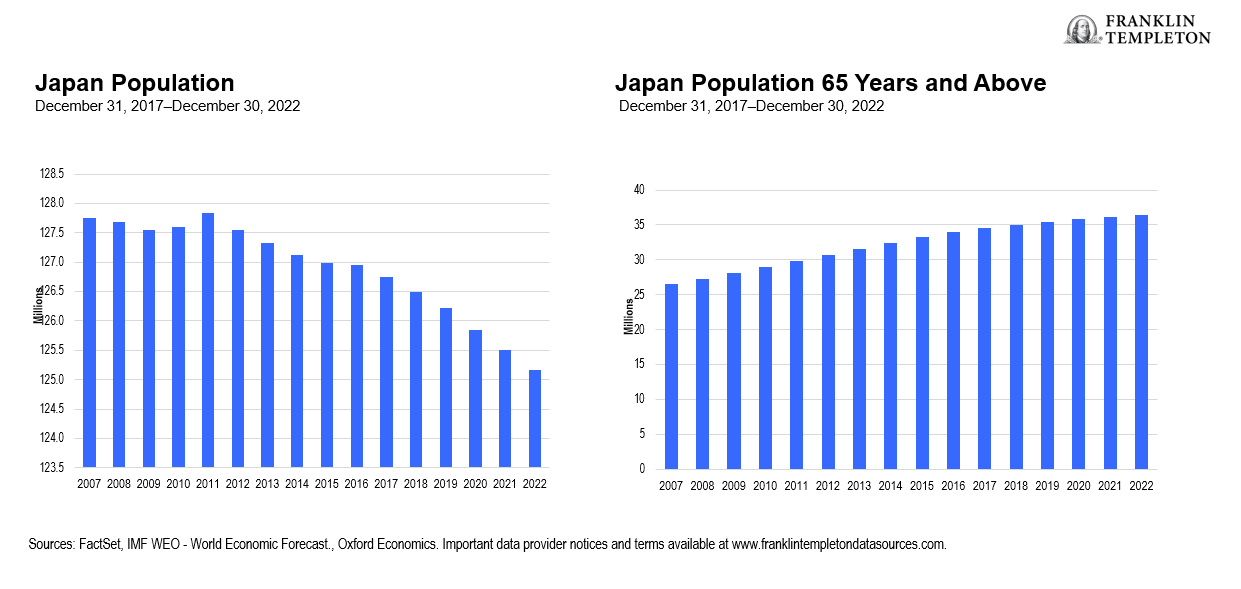by Christian Correa, Chief Investment Officer, Franklin Mutual Series
Christian Correa, Chief Investment Officer of Franklin Mutual Series, discusses his team’s top three themes for the back half of 2023: a less-gloomy US macroeconomic outlook, real asset investment and Japan’s rising sun.
It’s been an eventful year so far. Investors are navigating geopolitical and economic challenges in the United States and abroad. Some investors and economists believe the specter of a US recession still lurks on the horizon. Regardless of the market environment, we believe there are three main themes emerging for the final months of 2023. We believe strong underlying forces carrying the US economy forward, continued investment in real assets and growth in Japan can provide a beacon for investors the back half of the year.
The US macroeconomy
Inflationary pressures may not be the deathblow for the US economy that many expected. A tight labor market, strong consumer spending and economic strength across several industries have driven inflation but are also generally positive for economic activity. However, we expect the consumer to pull back on spending if we start to see job losses or deteriorating confidence, which in turn might dampen pricing pressures.
Exhibit 1: An Employed Consumer Continues to Spend
The prospect of higher interest rates leading to a recession has made investors nervous, causing volatility and market dislocations. But as US inflation continues to subside and labor markets remain strong, we continue to see opportunities at reasonable prices.
Meanwhile, valuations for growth stocks have inflated again to historically high levels, which are correlated with historically low forward returns. Moreover, long-term interest rates have a greater bearing on economic strength than short-term rates, in our view. And through the rate hiking cycle, long rates have responded more slowly and have remained near historic lows.
Exhibit 2: A Less Expensive Entry Point for More Potential Upside
Investing in real assets
We expect an increase in infrastructure spending to support investment in real assets. This increased spending should be positive for the US and global economies as well as for value investors. Recent US legislation incentivizes US infrastructure building and reshoring initiatives, while Europe and Japan have their own initiatives.
Spending on projects has only just started, and we expect increased construction and manufacturing activity to bolster the economy and revenues for companies that produce physical items, like mining and aluminum companies, or those which could benefit from the knock-on effects of increased demand for these things. We expect value-oriented companies that deal in building materials, construction equipment, manufacturing, and other related industries to see increased demand as this trend continues over the next several years.
Exhibit 3: Construction Spending Booms…
Exhibit 4: …Providing an Opportunity for Value Stocks
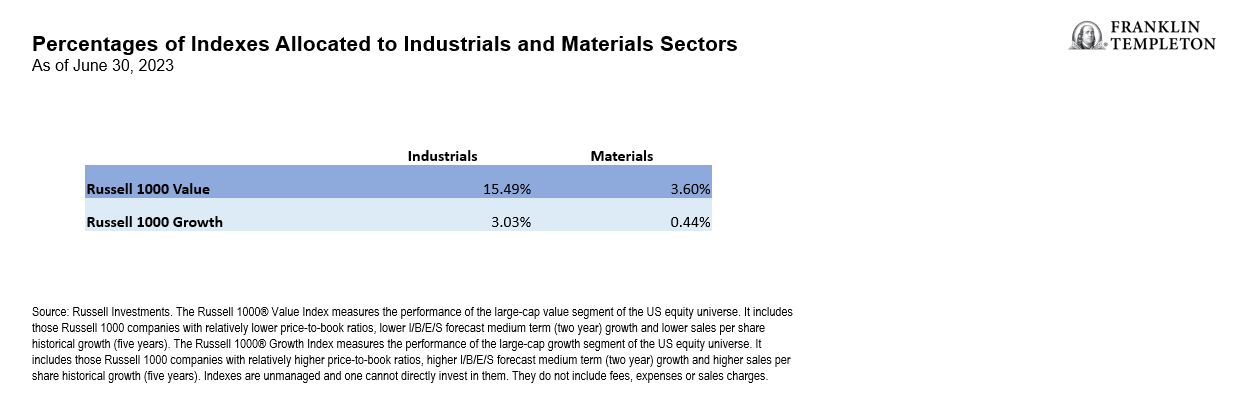 Japan
Japan
Opportunities to invest in undervalued companies outside of the United States abound, particularly in Japan, where we believe the economy is poised for growth and modest inflation. Additionally, the government, the stock exchange and shareholders are all pushing companies to improve business dynamism.
Japanese companies provided a competitive price to book (P/B) value in the 1980s but have lagged the rest of the world in recent decades. Unlike in the past, management teams are now younger and more willing to change. As a result, we see a focus on corporate reform and returns on equity, producing new investment opportunities.
Exhibit 5: Japanese Companies are Focused on Improving Price-to-Book Value
In our opinion, an overarching catalyst for reform in Japan is a societal understanding that demographics have changed. Japan is an aging society, and thus the ability to add more labor is difficult. To fund the government, social insurance payments and health care, the Japanese economy needs to increase the returns on its capital base. Changes in the economy and to the way businesses operate will be necessary to facilitate returns.
Exhibit 6: An Aging Population Means a Need for Increased Business Dynamism
Our approach to investing in Japan mirrors our approach for all markets—to look for inexpensive, undervalued companies that can find new growth opportunities globally and where management is willing to engage with us.
In the back half of this year, we think it is possible geopolitical events and central bank decisions may continue to drive market volatility. We will continue to look for these dislocations to provide chances to purchase quality companies below what we believe to be their fundamental value. Despite these factors, we currently see opportunities in non-US and US companies driven by strong underlying trends in the US economy, incased investment in real assets and changes in Japanese capital markets. We think that these themes stand out against the backdrop as areas of opportunity for investors in the coming months and look forward to providing additional insights and updates as the year unfolds.
Copyright © Franklin Templeton Investments






